
ABY.D | Space Through the Ages
So many landmark events have paved the way to space for us over the last several centuries, beginning as far back as the late 1700’s! Take a walk through some of the most important dates and events with our scrollable timeline, and maybe take a few minutes to think about what new events we’ll be able to add to it in your own lifetime.
Don’t forget to mark the page complete when you finish!
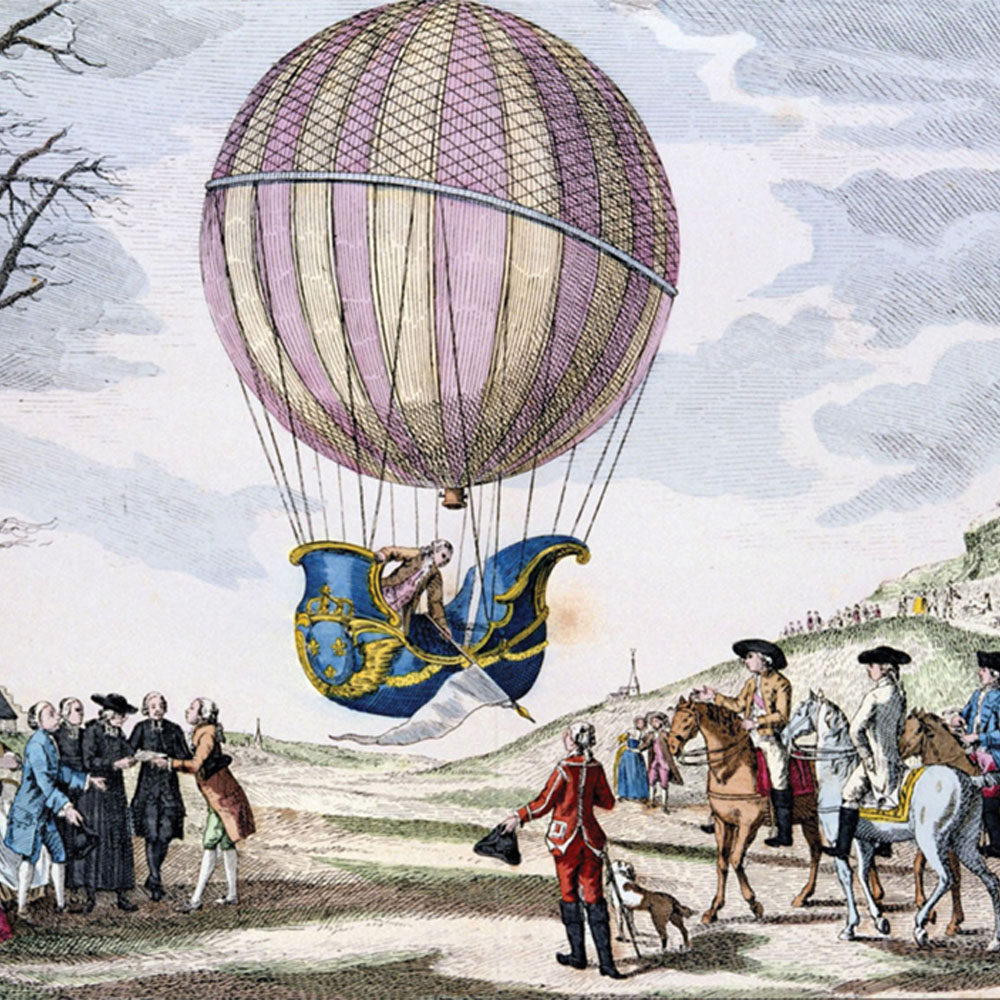
1783 | First Balloon Flight
The first untethered manned hot air balloon was made of silk and lined with paper, 33 feet in diameter, by the Montgolfier brothers of Paris. The passenger was chemistry and physics teacher Jean-François Pilâtre de Rozier, who stayed aloft for about four minutes (rising over 5000 feet in the air). Earlier flights had no passengers.

1903 | Wright Brothers First Flight
Orville and Wilbur Wright built the first airplane. A biplane, it had a gasoline engine and was driven by propellers. Orville was the first pilot, staying aloft for 12 seconds and covering 120 feet.
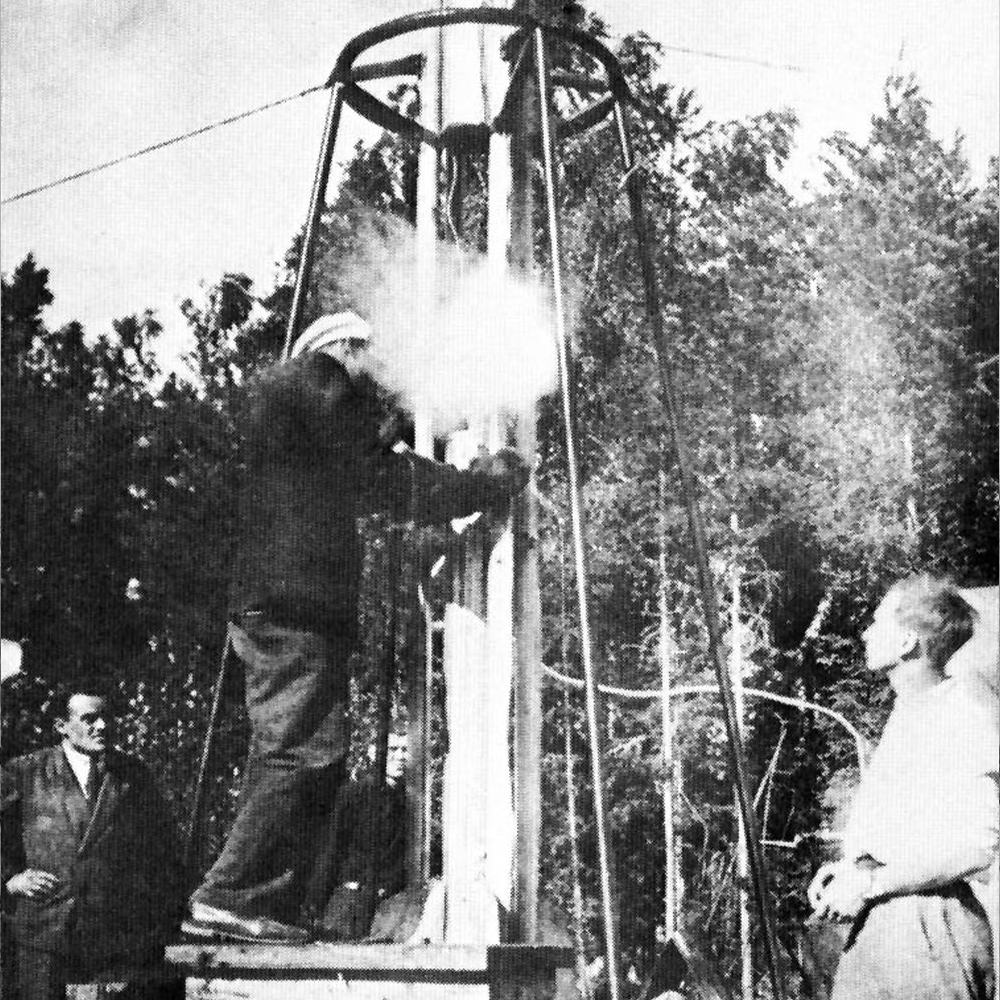
1933 | First Soviet Liquid-Fueled Rocket Launch
A group of Soviet engineers launched the first liquid-fueled rocket. It rose to over 1300 feet, staying aloft for 13 seconds.

1942 | First Successful V-2 Rocket Launch
The first successful V-2 rocket launch traveled 118 miles, reached four times the speed of sound, was able to transport explosives, and is considered the prototype for all modern military and civilian booster rockets.

1957 | Sputnik Launch
The world’s first artificial satellite, Sputnik (the name is the Russian word for “satellite”) had a diameter of 22 inches and weighed 184 pounds. It circled Earth once every hour and 36 minutes, traveling at 18,000 miles an hour.

1957 | First Living Creature in Space
Laika was the first animal to orbit Earth. No one knew what the effects of weightlessness would be, so animals were used to test how to put a living being into space and bring it back safely. Laika was a young mixed-breed stray dog; though many future animals returned safely from space, Laika did not survive her trip.

1958 | Formation of NASA
The National Aeronautics and Space Administration (NASA) was created as a civilian agency responsible for coordinating America’s activities in space. The first of its eight objectives was, “The expansion of human knowledge of phenomena in the atmosphere and space.”

1961 | Yuri Gagarin Becomes First Man in Space
Yuri Gagarin was only 27 years old when he made history as the first human being in space. In his spacecraft Vostock 1, he orbited Earth one time, for a trip lasting 108 minutes. His ship had no engines to slow its re-entry and no way to land safely, so he ejected from the spacecraft about four miles up and parachuted down to Earth’s surface.
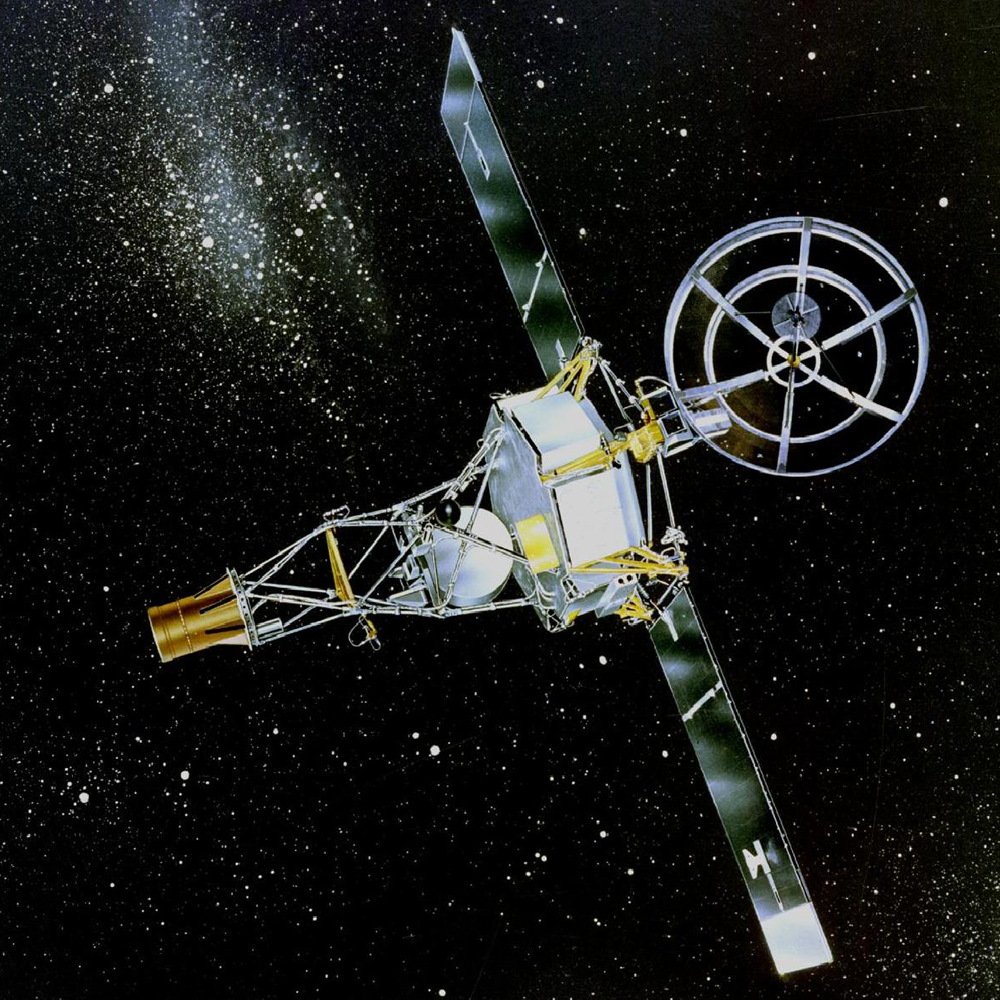
1962 | Mariner 2 Probe Launches to Venus
Mariner 2 was the first probe to study another planet (Venus). It was also the first spacecraft to measure solar wind, a constant stream of charged particles flying outward from the sun.

1965 | First Spacewalk
The first spacewalk, performed by Soviet cosmonaut Alexei Leonov, was a little over 12 minutes long and had some substantial difficulties. Leonov couldn’t get back into his spacecraft, the Voskhod 2, because his suit ballooned when he was outside the spacecraft’s internal atmosphere. By opening a valve, he let some air out of the pressurized suit, making it small enough to get back into the craft. As a result, Leonov experienced decompression sickness. He later noted that he had perspired so much that the sweat sloshed around inside his suit!

1969 | First Moon Landing
“One small step . . .” Neil Armstrong was the first person to set foot on the moon. He was joined by Buzz Aldrin, and they spent more than 21 hours on the moon’s surface. They never went more than 300 feet from their lander, the Eagle.

1970 | Venera Probe Lands on Venus
The Venera 7 was the first spacecraft to land on another planet and transmit data from the surface back to Earth. Venera 7 sent back information about the temperature and air pressure on the surface of Venus.

1971 | Soviet Space Station Salyut
Salyut was the first space station. It launched unmanned; its first crew couldn’t dock with it and returned to Earth. The second crew docked successfully and spent 23 days aboard. Tragically, their craft lost pressure during re-entry and all three cosmonauts died. After that, cosmonauts wore pressurized space suits at all times. Salyut was 65 feet long and 13 feet in diameter at its widest point, and spent a total of 175 days in space.

1972 | Last Man to Walk on Moon
Apollo 17, the first mission to include a scientist, was the last time anyone has walked on the moon. While there, the astronauts found what they thought was orange soil, but later turned out to be tiny spheres of colored glass, probably from a volcanic vent. Before they left, Gene Cernan said, “I’d just like to record that America’s challenge of today has forged man’s destiny of tomorrow. … Godspeed, the crew of Apollo 17.”
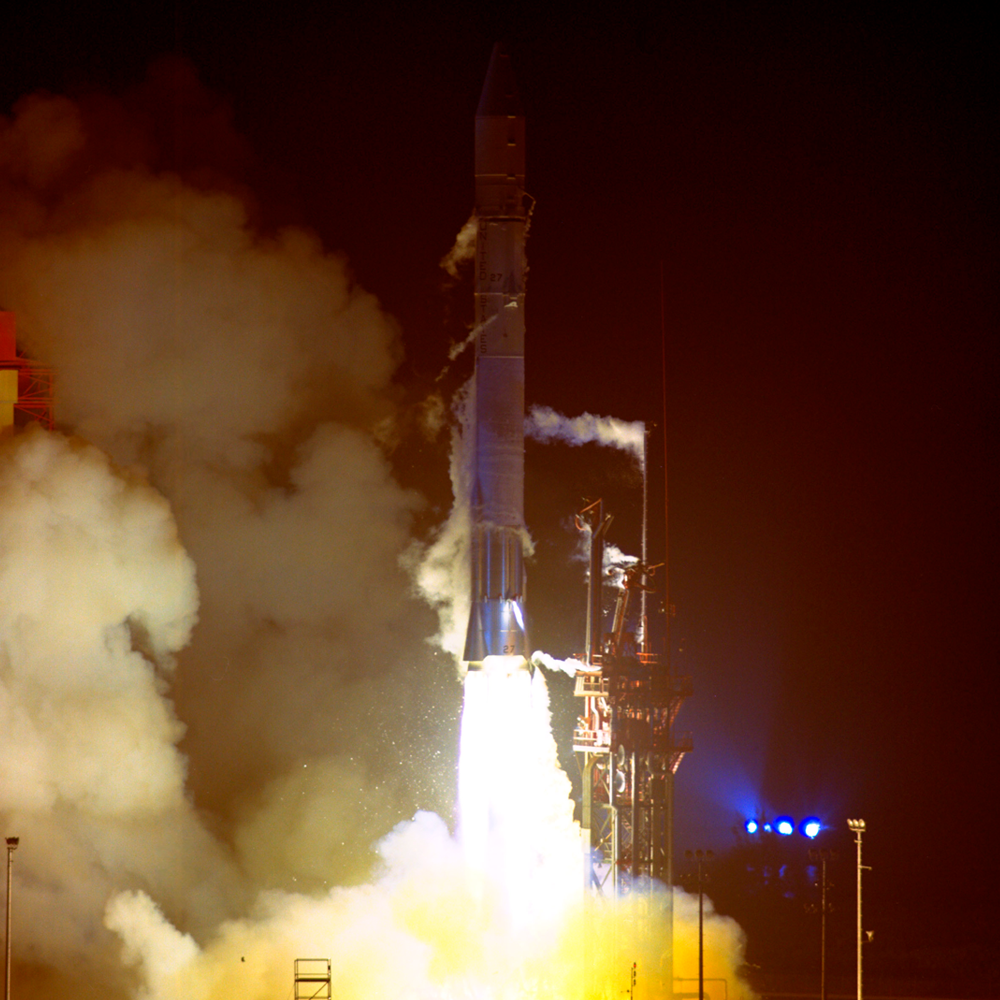
1972 | Pioneer 10
Pioneer 10 was the first spacecraft to fly through to asteroid belt, then past Jupiter and Saturn. In addition to capturing close-up images of Jupiter, Pioneer studied solar wind and cosmic rays. A decade after its launch, Pioneer became the first human-made object to pass the orbit of Pluto. Pioneer 10 and 11 carry a gold plaque describing what humans look like, where Earth is, and the launch date of the mission.

1975 | First Mars Mission Launches
Viking 1 & 2 were the first U.S. mission to land a spacecraft safely on the surface of Mars and return images of the surface. They also conducted three biology experiments designed to look for possible signs of life.
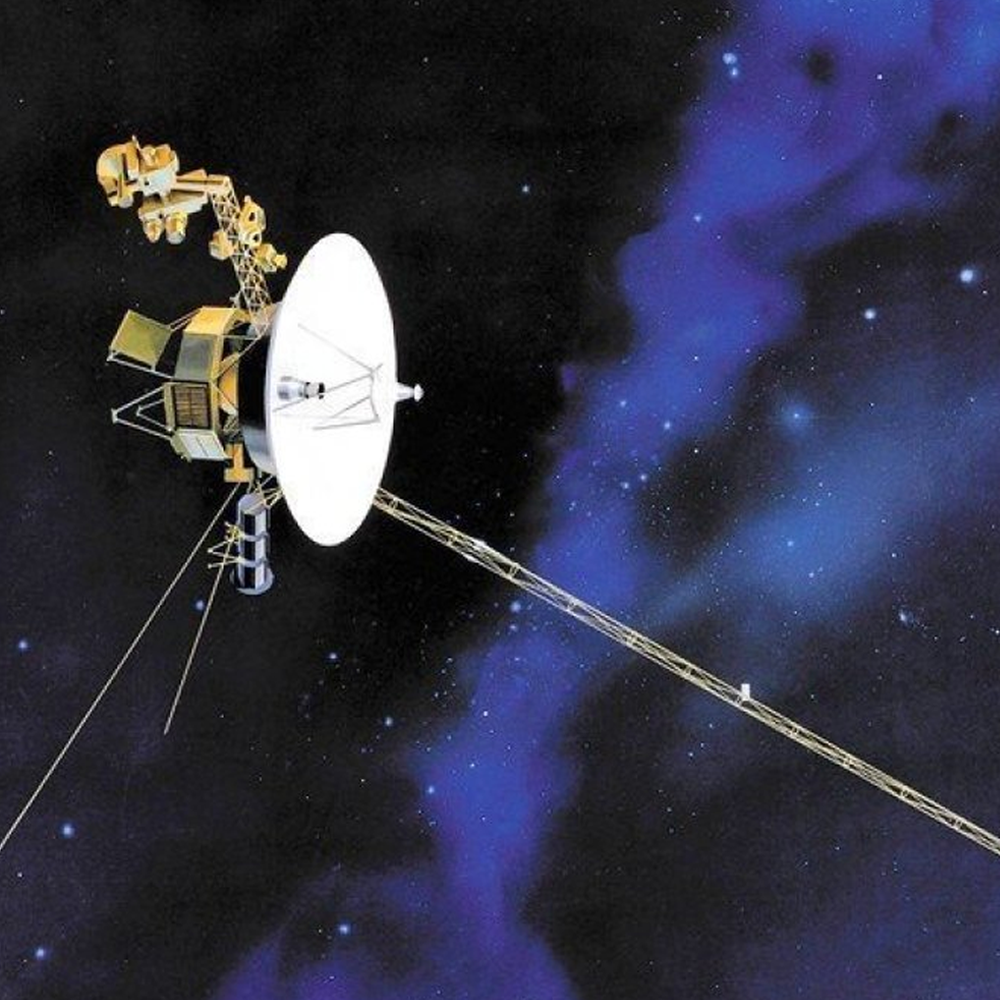
1977 | Voyagers I & II Launch
The primary mission of Voyager 1 & 2 was the exploration of Jupiter and Saturn. After making several discoveries there, the mission was extended. Voyager 2 went on to explore Uranus and Neptune, and is still the only spacecraft to have visited those outer planets.

1981 | First Space Shuttle Launches
The first re-usable manned spacecraft, the shuttle Columbia, launched from Florida. Taking off like a rocket but landing like a plane, five different space shuttles successfully launched and landed 133 times. The last shuttle flight was in 2011.
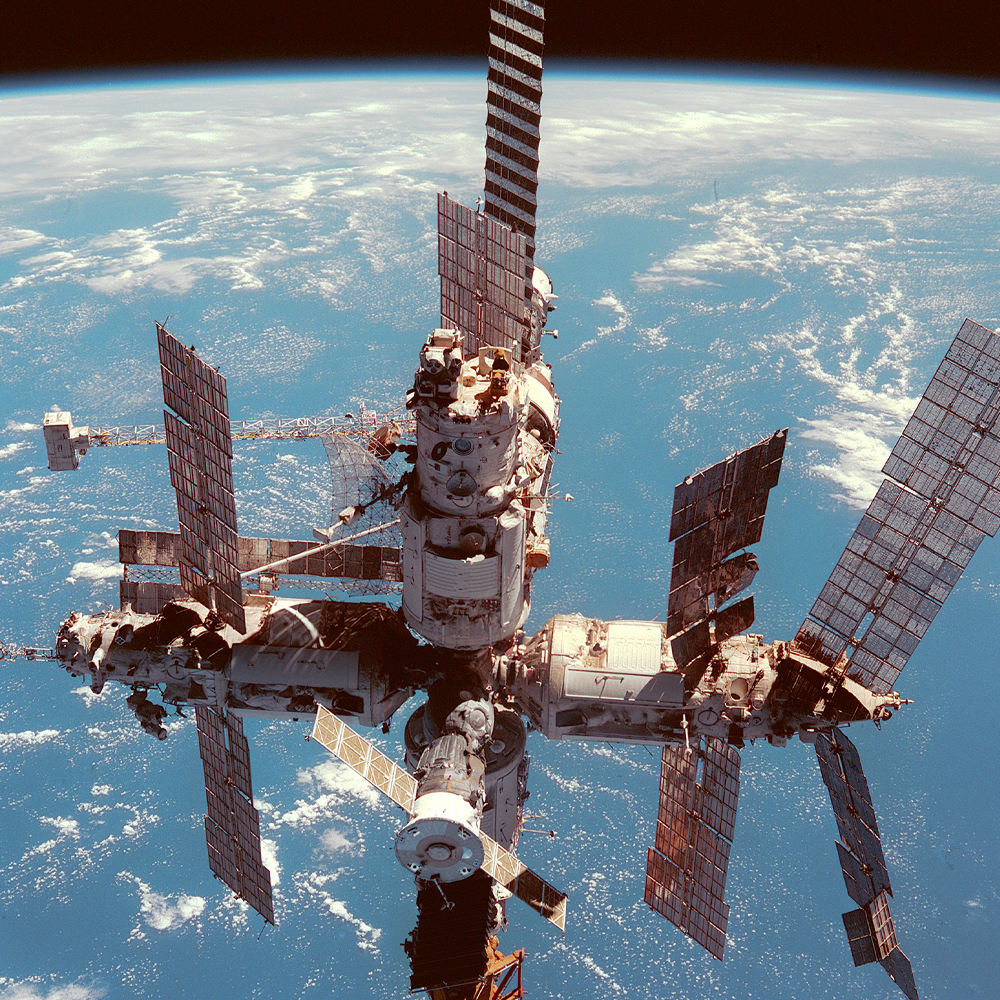
1986 | Mir Space Station Launches
The Mir Space Station, launched by the USSR, stayed in orbit for 15 years — three times longer than planned. It hosted over 100 people from 12 different countries, and even raised the first wheat to be grown from seed in outer space. Valery Polyakov spent nearly 438 consecutive days aboard the Mir space station, holding the record for longest single human spaceflight.

1998 | The International Space Station
The International Space Station is the largest single structure humans have ever put into space. It was built by the U.S., Russia, Canada, Japan, and the countries of the European Space Agency. It circles the globe every 90 minutes at a speed of about 17,500 mph, has hosted 240 individuals from 19 countries, and been continuously occupied since 2000. Current plans call for the space station to be operated through at least 2024.
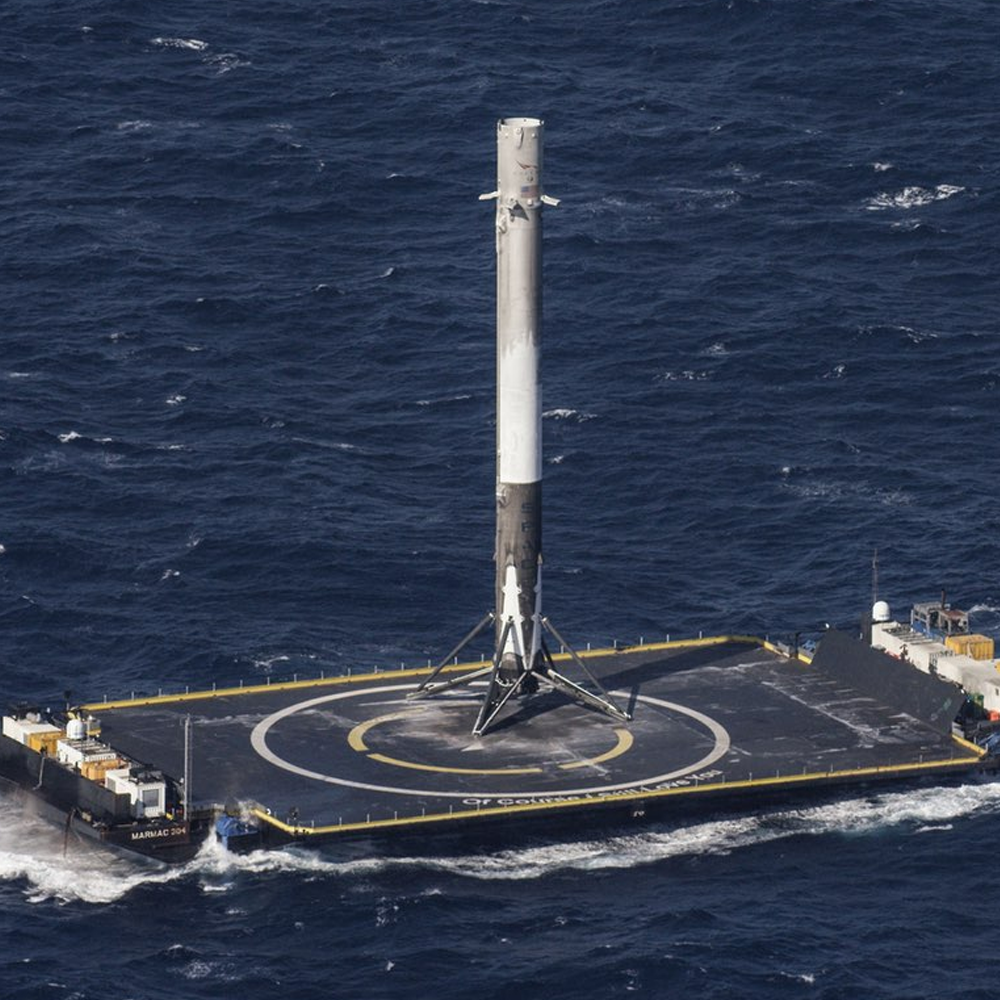
2002 | SpaceX Founded
SpaceX, founded by Elon Musk in 2002, is a private company that is specializing in reusable rockets returning from low-Earth orbit, first accomplished in 2010. In 2012, its Dragon spacecraft became the first commercial spacecraft to deliver cargo to and from the International Space Station.

2006 | New Horizons Probe Launches
The first mission dedicated to exploring Pluto, its moons, and the Kuiper Belt. New Horizons is already more than four billion miles from Earth, traveling more than 30,000 miles per hour.

2011 | Curiosity Rover Launches to Mars
Curiosity’s mission on Mars was to determine if Mars ever had the right environmental conditions to support life. Its innovative landing involved descending on a parachute, then firing rockets to allow it to hover while a tether lowered Curiosity to the surface. The rover landed on its wheels, and it’s still cruising around the Red Planet.

2019 | China Lands First Rover on Dark Side of the Moon
China’s Chan’e 4 is the first lunar rover on the dark side of the moon. It has measured a layer of lunar dust that is almost 40 feet thick. Dust was a serious problem for the Apollo missions, so learning more about it will be helpful.
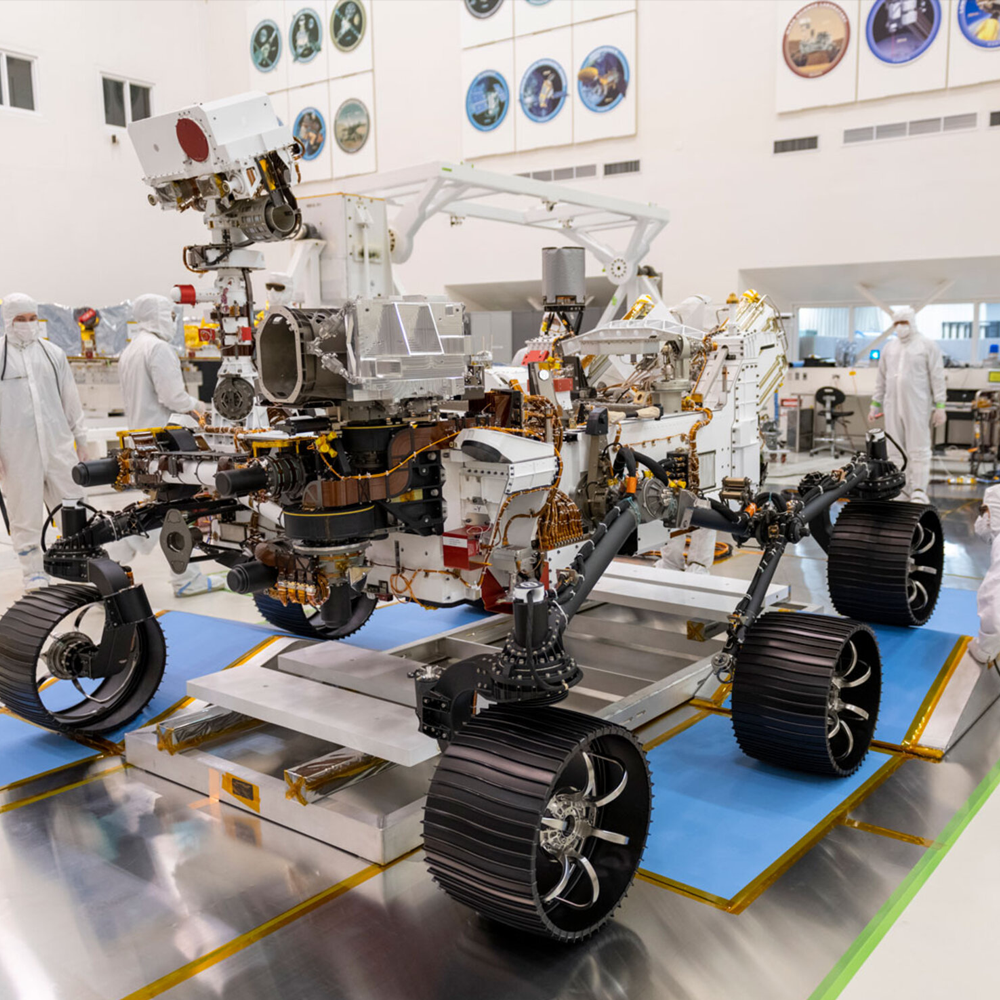
2020 | New Mars Missions Scheduled
The next Mars Rover is scheduled to launch in July or August of 2020. Perseverance, or “Percy,” has a mission to seek signs of habitable conditions and collect soil samples.

2020 and Beyond | Commercial Space Exploration Begins
What is the future of space exploration? Instead of government agencies like NASA, it might be in the hands of private companies like Blue Origins, SpaceX, or OneWeb.
Curriculum Reference Links
- Earth and Space / Sustainability / 8: Students should be able to examine some of the current hazards and benefits of space exploration and discuss the future role and implications of space exploration in society.
